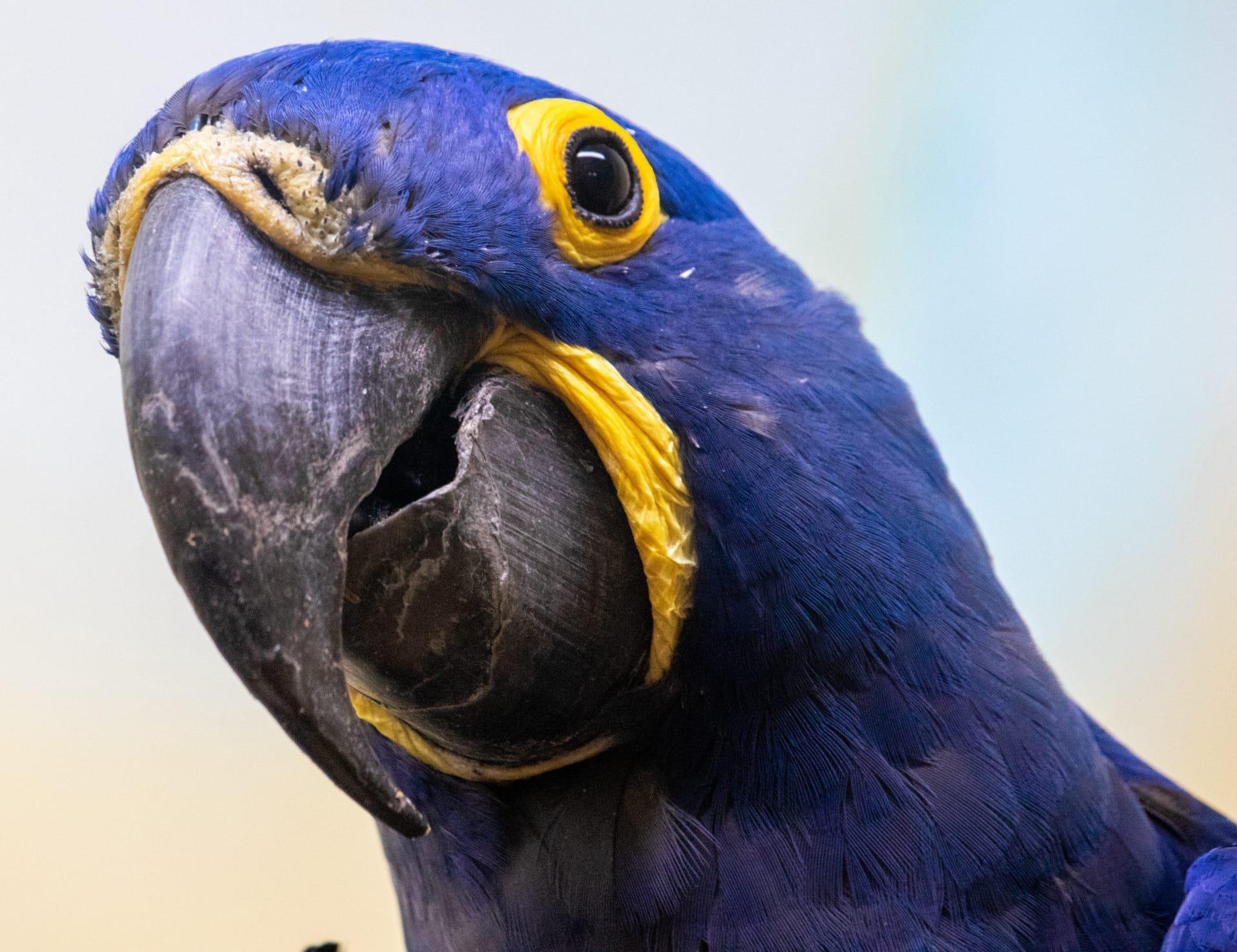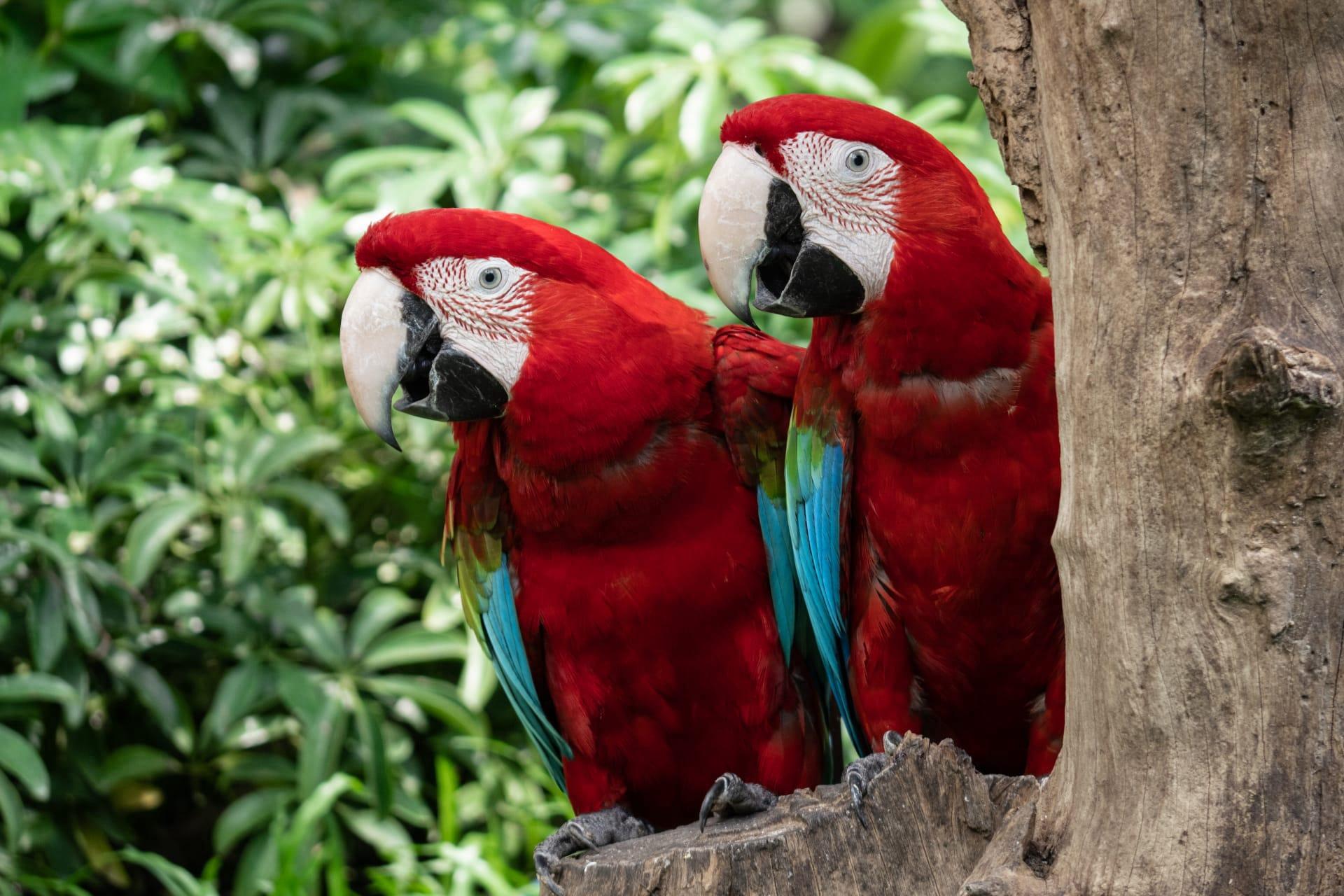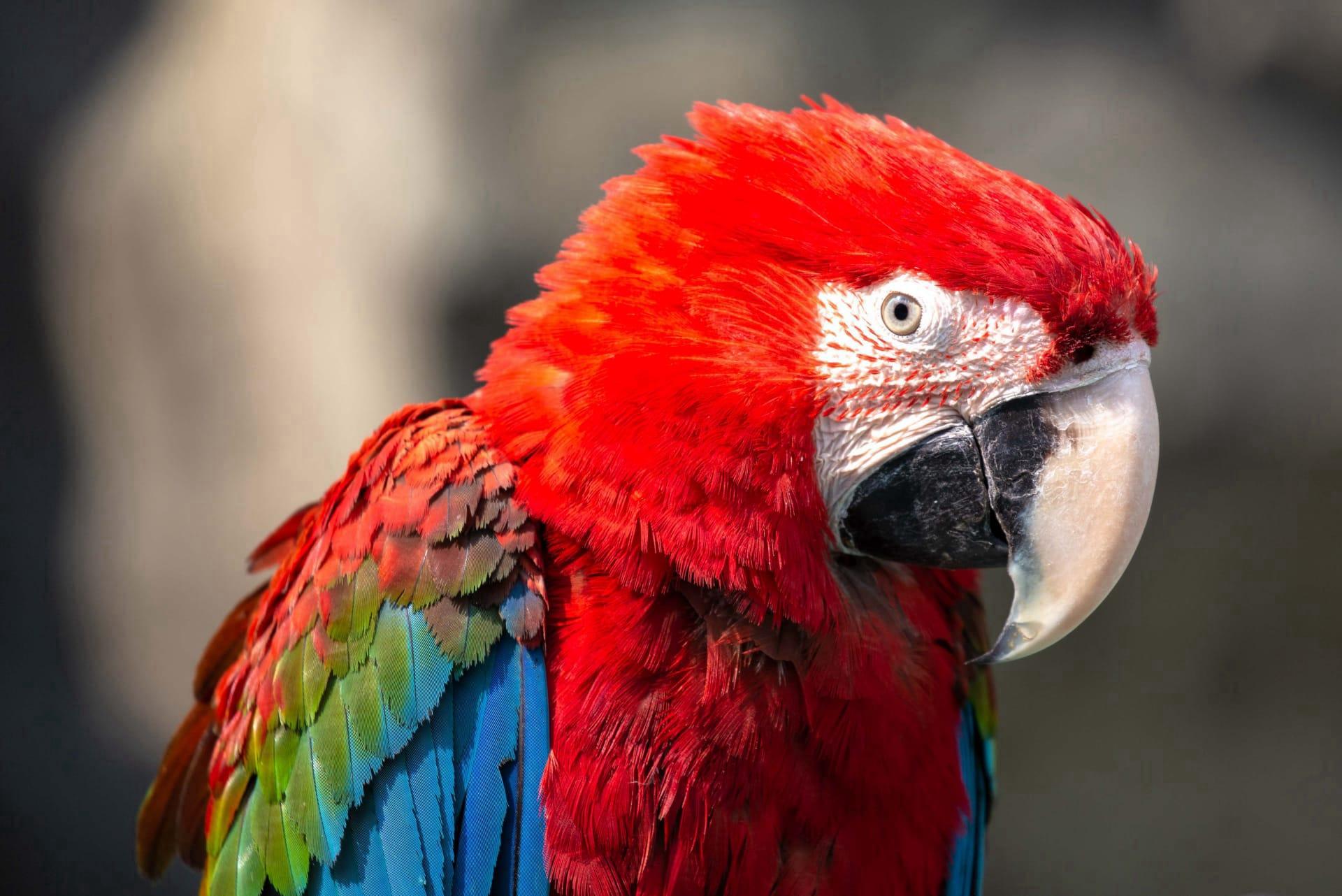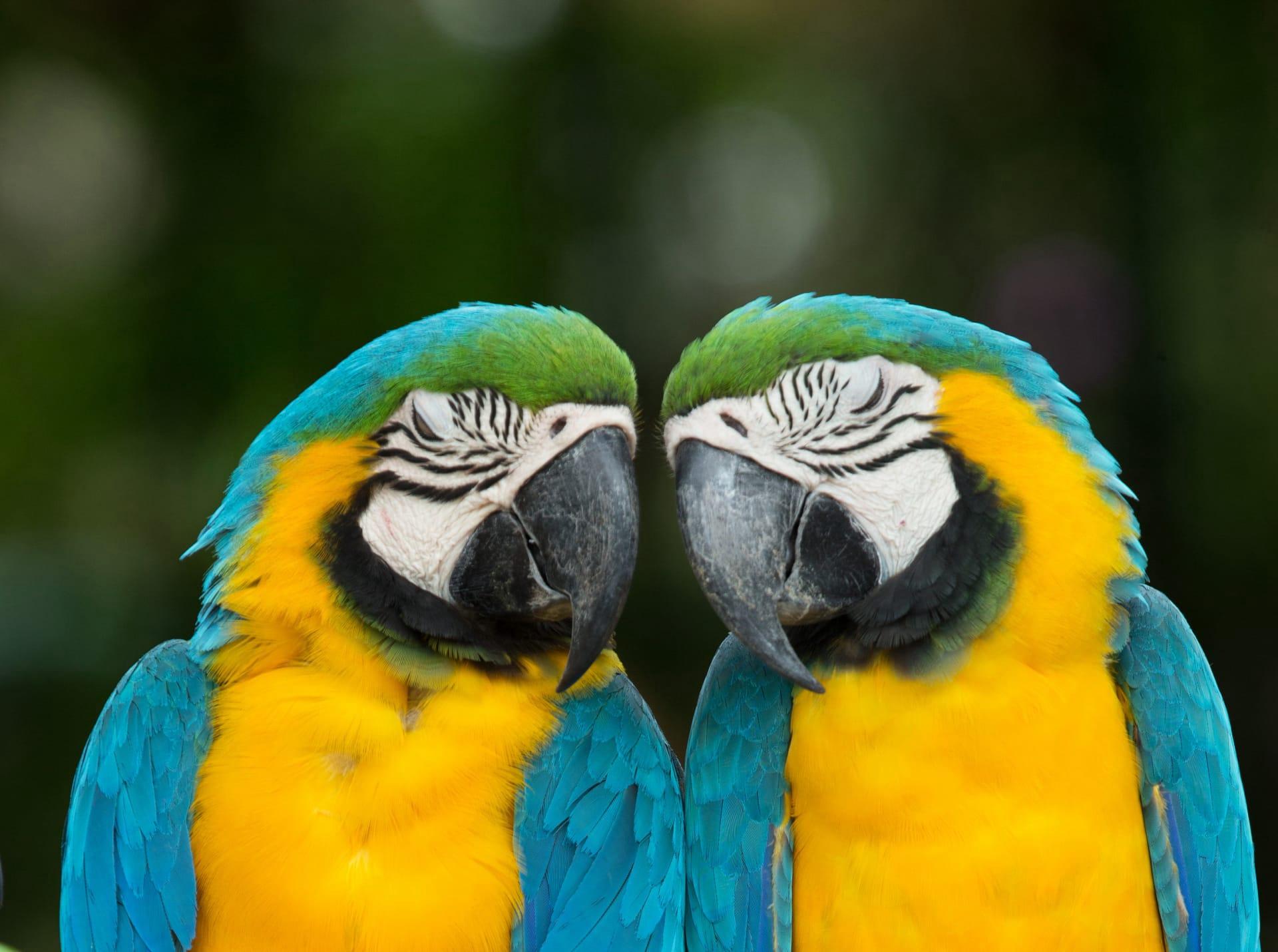Macaw Trivia
- Home /
- Trivia Question /
- Animal /
- Macaw Trivia
1
Question: What are the main characteristics that distinguish Macaws from other parrots?
Answer: Macaws, known for their vibrant plumage, are the largest members of the parrot family. They have long, streamlined bodies and tails, with wingspans reaching up to 4 feet for the largest species. Their strong, curved beaks are adapted for cracking nuts and seeds. Another unique feature is their bare facial patches, which can change color according to their mood.
Question: How long can Macaws live, and does their environment affect their lifespan?
Answer: Macaws can live a remarkably long time, with lifespans often exceeding 50 years, and some individuals living up to 80 years in captivity. In the wild, their lifespan tends to be shorter, around 30 to 35 years, due to threats like habitat loss, predators, and diseases. Proper care, nutrition, and a stimulating environment in captivity can significantly extend their life.

2
Question: Is it true that Macaws only eat fruits and nuts in the wild?
Answer: While it's a common belief, Macaws have a more diverse diet than just fruits and nuts. They also eat leaves, flowers, and even insects. Some species, like the Scarlet Macaw, are known to consume clay from riverbanks, which helps neutralize toxins in their diet.
Question: Do Macaws mate for life, and how do they raise their young?
Answer: Yes, Macaws are monogamous and form strong, lifelong bonds with their mates. During breeding season, the female lays 2 to 4 eggs, and both parents take turns incubating them. The chicks are born blind and featherless, relying completely on their parents for food and warmth. It takes about 3 months for the chicks to develop feathers and start flying.

3
Question: How do Macaws communicate, and what is the purpose of their loud calls?
Answer: Macaws use a variety of vocalizations to communicate. Their loud calls, which can be heard for miles, serve multiple purposes: to keep in touch with their mate or group, establish territory, and signal alarm. They also use body language, such as feather fluffing and beak grinding, to convey mood and intentions.
Question: Can Macaws mimic human speech, and how well do they do it?
Answer: Yes, Macaws are capable of mimicking human speech, though their ability varies among individuals. They can learn a range of words and phrases, and some can even use them contextually. However, their clarity and proficiency in mimicking speech are generally not as refined as some other parrot species, like the African Grey Parrot.

4
Question: What role do Macaws play in their ecosystem, and why are they important?
Answer: Macaws play a crucial role in their ecosystems as seed dispersers. Their diet of fruits and nuts means they spread seeds throughout their habitat, aiding in forest regeneration. Furthermore, their preference for certain fruits helps maintain the biodiversity of their ecosystems.
Question: Are Macaws endangered, and what are the main threats to their survival?
Answer: Many Macaw species are considered endangered or at risk. The main threats to their survival include habitat destruction due to deforestation, illegal pet trade, and hunting. Conservation efforts focus on habitat protection, anti-poaching measures, and breeding programs to help preserve these magnificent birds.

5
Question: How do Macaws adapt to different environments, and can they live in colder climates?
Answer: Macaws are primarily adapted to warm, tropical environments and thrive in rainforest habitats. They can tolerate a range of temperatures but generally do not fare well in cold climates. In captivity, they require a warm and humid environment to stay healthy.
Question: What is the social structure of Macaw groups in the wild?
Answer: Macaws are highly social birds, often seen in pairs or small family groups. In some species, like the Blue-and-Yellow Macaw, larger flocks may form, especially around abundant food sources. These social structures are important for their survival, aiding in foraging, predator avoidance, and social learning.